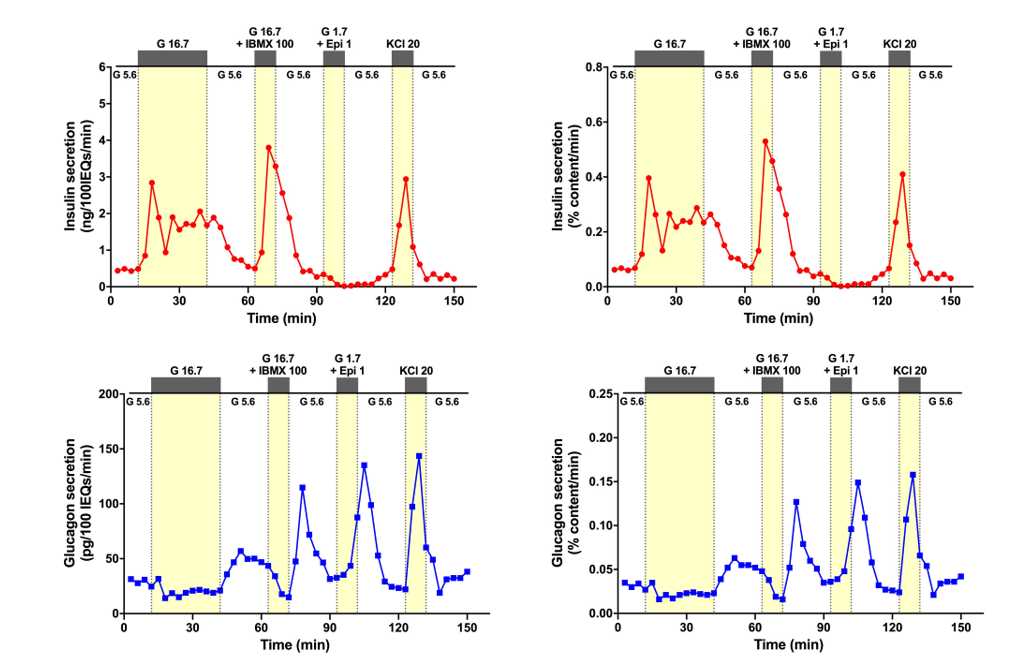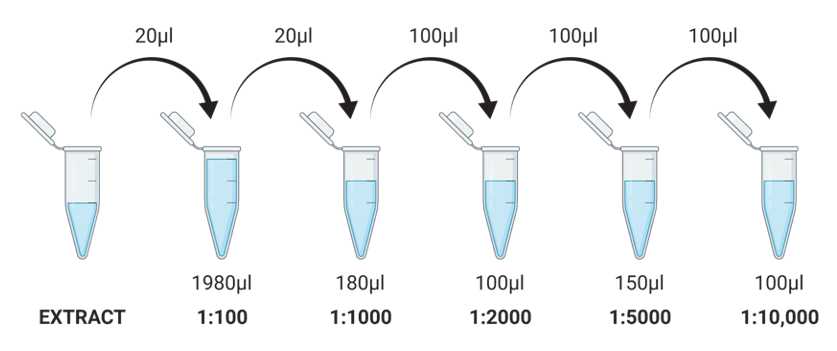Analysis of Islet Function by Insulin Enzyme-linked Immunosorbent Assay (ELISA)
IIDP-HIPP
Abstract
This Standard Operating Procedure (SOP) is based on the Vanderbilt University Medical Center Human Islet Phenotyping Program (HIPP) Islet Functional Analysis. This SOP provides the HIPP procedure for measuring islet insulin content and secretion to assess islet function.
This SOP defines the assay method used by the Human Islet Phenotyping Program (HIPP) for the qualitative determination of the Purified Human Pancreatic Islet product, post-shipment, manufactured for use in the National Institute of Diabetes and Digestive and Kidney Diseases (NIDDK)-sponsored research in the Integrated Islet Distribution Program (IIDP).
The goal of this SOP is to define the method for quantitative determination of insulin released after glucose stimulation for proving the potency of the human islet preparation shipped by the IIDP.
Steps
Procedures
Preparation of Samples, Standards, and internal Quality Controls
Thaw archived samples intended for analysis in room temperature water. Once thawed, invert capped samples ten times to thoroughly mix.
Retrieve the islet hormone extracts and keep on ice.
Generate 1:3 dilutions for perifusion fractions #23, #24, #25, and #43 by adding 40µL sample to 80µL of Calibrator 0 or Diabetes Sample Buffer in 2mL tubes.
Transfer all Calibrators and Antigen Controls from original bottles to 2mL tubes.
Preparation of enzyme conjugate and wash buffer solutions
Prepare Enzyme Conjugate 1x solution by diluting Enzyme Conjugate 11x in Enzyme Conjugate Buffer. Mix gently. Prepare a volume sufficient to add 100µL to each well (see step 3.2)
Prepare Wash Buffer 1x solution by diluting Wash Buffer 21x in redistilled water. Mix thoroughly. Prepare a volume sufficient to add 4.2mL to each well (see step 3.4)
Performing insulin assay
By using epMotion 5057 or hand-pipetting, pipette 25 µL each of Calibrators and Antigen Controls (in duplicate), samples, extract dilutions, and sample dilutions into appropriate wells of ELISA 96-well plate.
Add 100µL of enzyme conjugate 1x solution to each well.
Incubate ELISA 96-well plate on a microplate shaker (900 rpm, orbital movement) for 1 hour at room temperature (18-25°C).
Using the plate washer, wash 6 times with 700 µL wash buffer 1x solution. After final wash, invert and tap the plate firmly against absorbent paper. Do not include soak step in washing procedure.
Add 200µL Substrate TMB into each well.
Incubate on the bench for 15 minutes at room temperature (18-25°C).
Add 50µL Stop Solution to each well. Mix thoroughly for 5 seconds by tapping gently on all sides of the plate without dispersing liquid in wells.
Using the microplate reader, determine the optical density and insulin concentration of each well within 30 minutes of adding stop solution. Set to 450 nm.
Data Analysis
Values for all standards must be within ±15% of their expected values and replicate values of each standard must have a Coefficient of Variation (CV) ≤20%. If standards vary beyond these limits, the assay must be repeated.
Values for quality control samples, corresponding to lower and upper assay detection ranges, must be within their known ranges. If QCs vary beyond these limits, the assay must be repeated.
Calculate the average of the insulin concentrations from the 4 extract dilutions to determine insulin content, expressed as ng/mL.
Normalize secreted insulin concentrations per islet volume (IEQs), expressed as ng/100 IEQs/min and islet insulin content, expressed as % content/min.
Use Prism software to create graphs and to calculate stimulation index (SI) and area under curve (AUC) values.
4.5.1 Stimulation index (SI) is a ratio calculated as maximum response to a given stimulus relative to baseline.
4.5.2 Area under curve (AUC) is calculated by integrating islet secretory response to a given stimulus over time.
Data Storage and Reporting
Data Storage and Reporting
To facilitate data management and ensure data security, the VUMC HIPP uses an institutional server-based platform for data storage and analysis.
Upon analysis completion, the VUMC HIPP uploads raw data, including hormone levels, data analysis, and graphical representations of each human islet perifusion into the IIDP HIPP database. Example of human islet perifusion results performed in HIPP is shown in Figure 1 .

Functional data on islet insulin and glucagon secretion will be uploaded within 3 business days to HIPP database built by IIDP programming team and immediately available to IIDP-affiliated investigators and islet isolation centers.
Deviations and Resolutions
Document any deviations that occurred during this protocol that affect the final results and report with the analysis of the assay.


